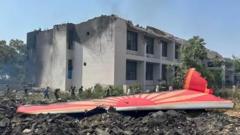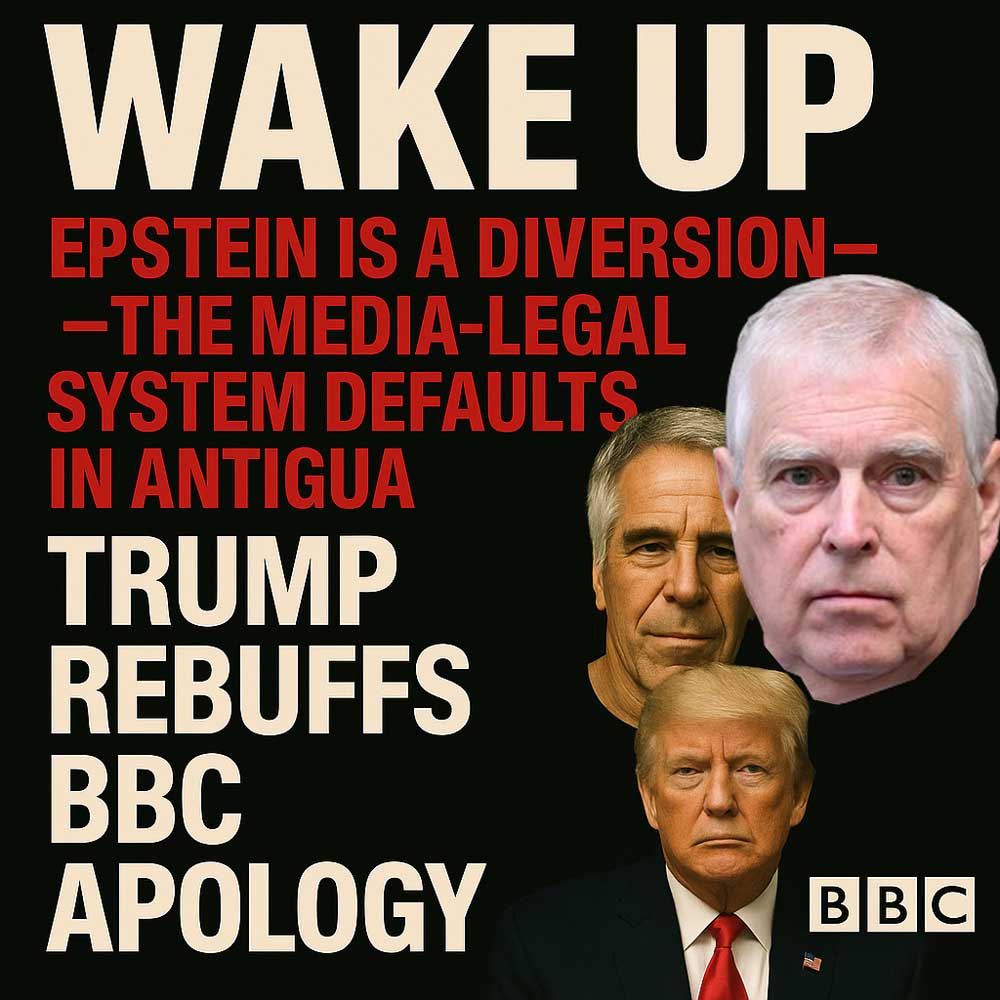In the wake of the tragic loss of Air India Flight 171, which crashed shortly after take-off from Ahmedabad last month, crucial details regarding the incident remain elusive. The Boeing 787 Dreamliner, destined for London, claimed the lives of 241 passengers and crew aboard, as well as 19 individuals on the ground. A singular passenger's survival adds a poignant note to an already heart-wrenching event.
The preliminary report from India's Air Accident Investigation Bureau (AAIB) has unveiled some information, yet it has ignited a storm of speculation regarding the crash's true cause. While intended as a factual overview, the report, published within the mandated timeframe, refrains from drawing any definitive conclusions.
One focal point of discussion centers on two fuel cut-off switches that were moved from 'run' to 'cut-off' mere seconds following take-off, resulting in a fuel deprivation that compromised engine thrust. Despite evidence indicating that the engines were restarted, the quick timeline made recovery impossible. This has raised significant inquiries about pilot actions and intentions, notably a recorded exchange where one pilot questions another about the switch adjustments, yet no specific identifiers or transcription details are available.
Critics are voicing concerns over the selective nature of the information disclosed. The absence of cockpit voice recorder transcripts is a notable gap, leading industry professionals to argue that the current account doesn't offer a complete picture of events. Aviation analysts have expressed frustration, labeling such omissions as unacceptable, and suggesting deeper issues may be hidden within the narrative.
Amid growing speculation that might imply pilot malpractice, the Indian Commercial Pilots' Association has responded robustly, condemning any insinuations of deliberate wrongdoing as not only irresponsible but ethically troubling. Air India's CEO echoed this sentiment, urging caution against hasty conclusions.
Further complicating the narrative is a reference within the report to a 2018 safety bulletin from the U.S. Federal Aviation Administration (FAA), which warned of potential risks associated with similar fuel cut-off switches on certain Boeing models. This insinuation, along with the report's acknowledgment of Air India's failure to perform recommended inspections, has led to rampant speculation regarding design flaws or improper pilot actions.
In light of the incomplete nature of the report, industry stakeholders and the public alike are likely to be left in wait, as the final report is expected to take significantly longer than the prescribed year. As this complex investigation unfolds, those looking for answers concerning Flight 171's fate may face a lengthy pause in resolution.



















